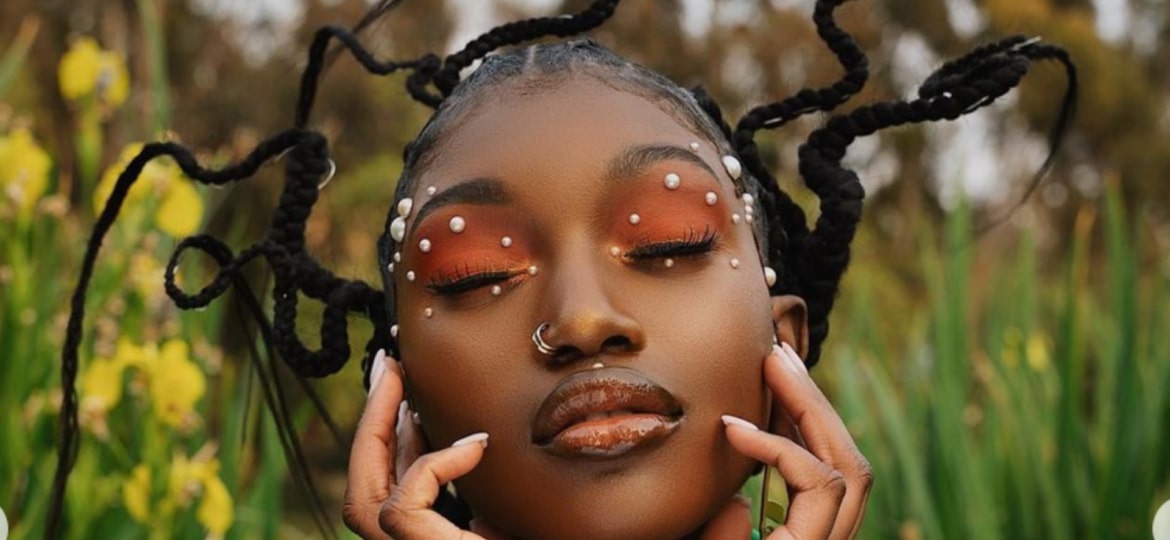August 15, 2016
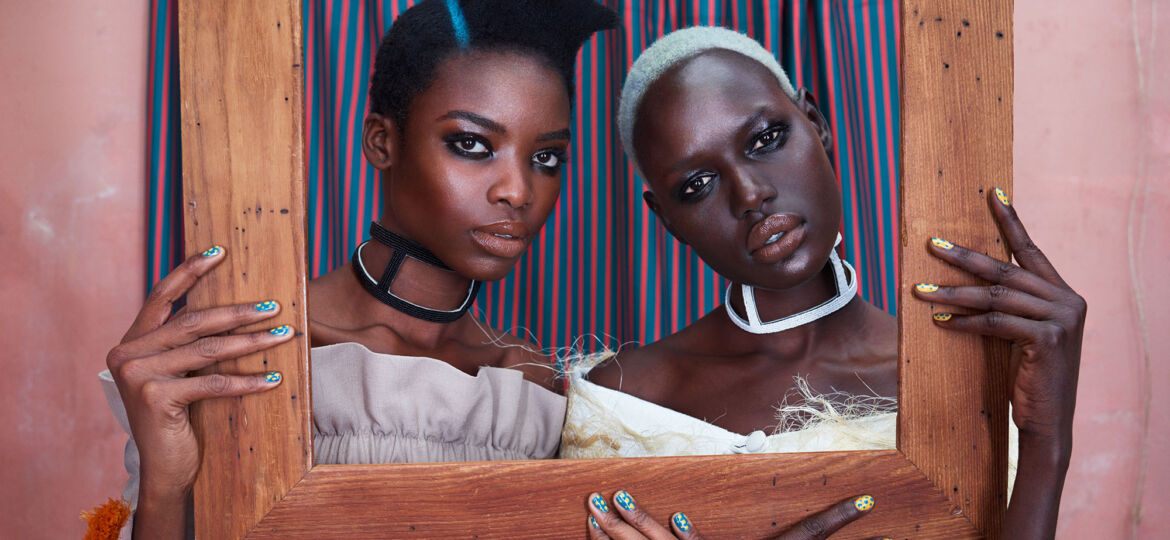
By Bucky Badejo
I’ve always believed that there is a beautiful sort of freedom that comes with authentic self-expression. There is beauty in culture, and there is beauty in representation, and one place where these two things have managed to intersect is in the realm of fashion, and more specifically, African fashion.
Ten years ago, African fashion wasn’t nearly as mainstream as it now. I have parents who have always been wonderfully self-assured and proud to step onto the streets of any country decked out in full traditional garb. It was always a source of pride to see my mother show up to school events in “native” wear, with a bounce in her step, and quite frankly looking better than any other woman in the room. This was always a conversation topic for the other parents who would stop to stare and sometimes question what she was wearing,
“Oh I just love what you’re wearing, the colours are so beautiful! I wish I could wear something like that!”
I could understand their admiration because, as I stated earlier, the kind of beauty and simplicity of being that is found in authentic self-expression is something that is hard won, and as an African woman, I feel pride when representing the beauty of my culture and heritage through fashion.
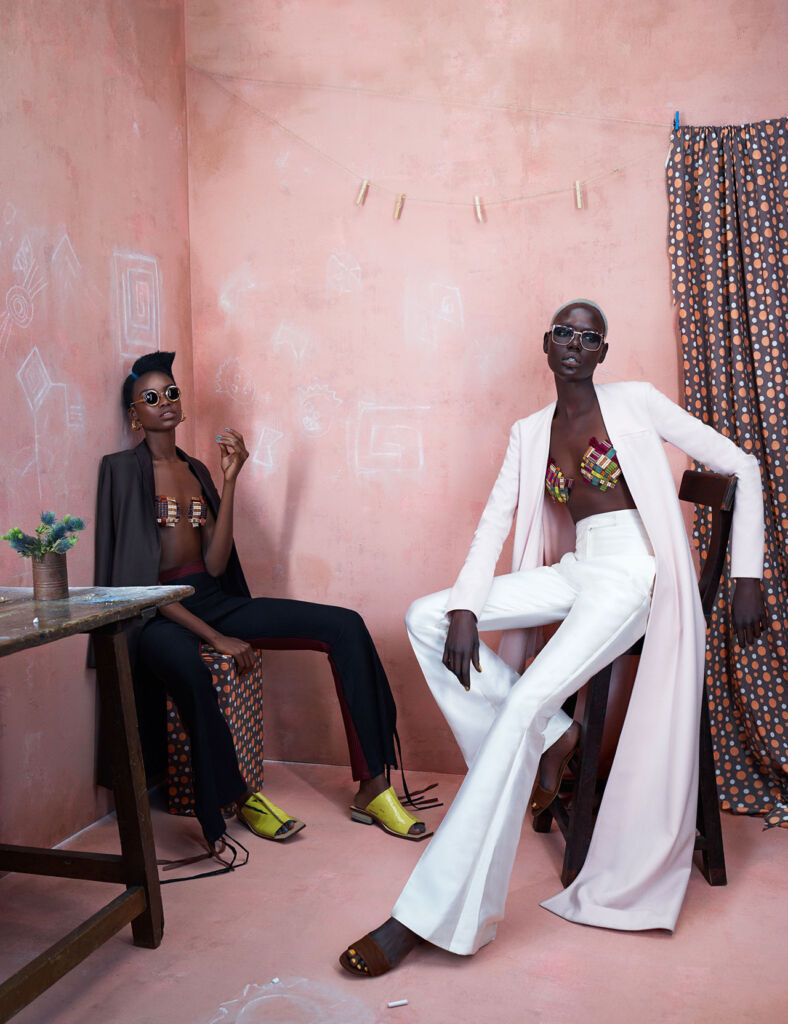
Africa Rising | Ajak Deng & Maria Borges shot by Ed Singleton for models.com
Today, African fashion is perhaps more mainstream than it has ever been. Major fashion houses have been seen using African-inspired garments on runways, and multiple celebrities have been photographed wearing dashikis. In the context of my previous statements, I imagined that this would be a good thing, that the globalization of African fashion could only be positive, however, as with most good thing, there is a caveat. I mentioned that major fashion houses have been seen using Ankara print on runways, and while this may appear to be positive, as it brings African fashion out of the obscure and into the forefront, it creates problems for African designers. These smaller, independent designers from across the continent whose pieces represent the fashion histories of their countries and tribes simply cannot compete with major fashion houses whose take on African designs are usually a cultural mishmash of colours and exotic print, In the other direction are the Instagram merchants who offer cheap, mass produced trendy Afro-centric shirts for a price that African designers, once again, cannot compete with.
Now obviously, this isn’t exclusive to African fashion. If Asian fashion can be studied under the same scope, the same issues would be found, with the simplification of Asian fashion and culture into easily consumable “kimono style” garb. Questions about cultural appropriation and appreciation often arise, but I digress. While it is easy to feel threatened by the commercialization of African fashion that may boarder appropriation, it remains true that real beauty comes in authentic representation. As long as the stories of Africans can be told through fashion, they will continue to be. As long as we continue to support these artists (yes, artists), in their endeavors and pursuits, African fashion has no more to fear from imitation than a Picasso piece hanging in a museum.
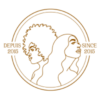
Bucky Badejo
Writer
Bucky is a student in Political Science and History at McGill University. Born in France but raised in Lagos, Nigeria, SAYASPORA is an opportunity for her to develop and highlight the power of women's voices, particularly African women's voices, which are often ignored in mainstream media.
Similar articles

April 23, 2020
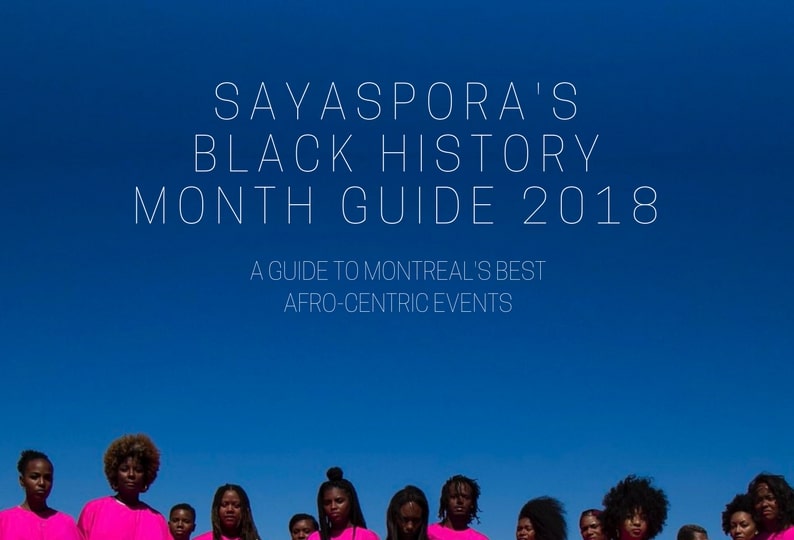
February 2, 2018

